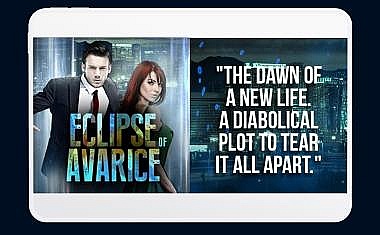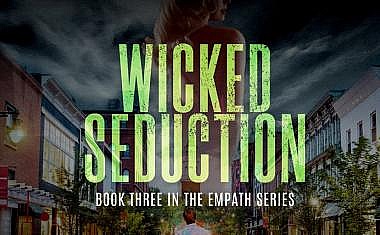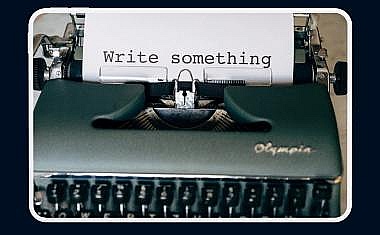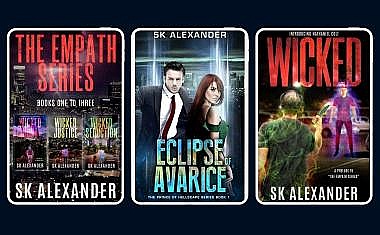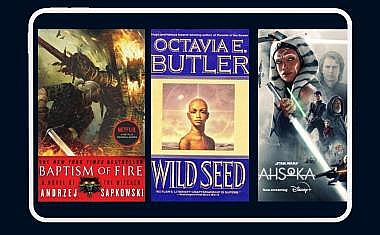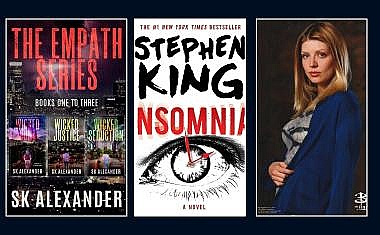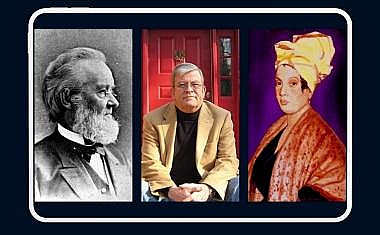
Balancing Structure And Creativity: My Writing Process
Over the past three years of writing, my process has transitioned from a loose outline to a more structured, adaptable system. Here is how I write my “Tales From The Omniverse”.
There are many ways for authorpreneurs to categorize themselves. We use these categories to establish our brand, distinguish ourselves from our peers, and set reader expectations about our stories. Such categorization can be based on the genre, such as fantasy or romance, or a retailer category, like military sci-fi.
Moreover, authors often align themselves with one of three approaches: pantser, plotter, or plantser. Each method offers a unique way to craft stories. But what do they mean?
Recommended article

Characters First: My Approach To Writing Speculative Fiction
As an author of speculative fiction, SK Alexander follows the principle of "characters first".
Pantser, plotter or plantser
Pantsers write “by the seat of their pants”, meaning they dive into a story without a detailed plan. They let the story, plotlines, and characters develop organically as they write. This method fosters creativity and spontaneity, and often leads to unexpected twists. But it can also result in a messy process and extensive rework later on.
Plotters meticulously outline their stories before writing a single word. They develop detailed plans, including character arcs, plot points, and scene breakdowns. This ensures a clear direction and cohesive story and minimizes the need for significant revisions. Although it may stifle spontaneity, a detailed outline helps plotters stay focused and avoid writer’s block.
Plantsers combine elements of both pantser and plotter approaches. They create a loose outline or framework with key plot points or character outlines. This method offers both structures, but also let’s room for exploration.
Recommended article
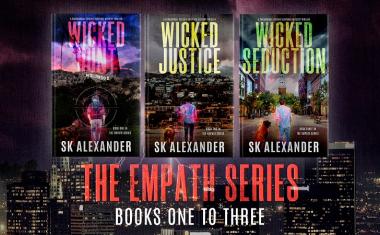
The Empath Series
“The Empath Series” is a paranormal suspense thriller about empath Nathaniel Colt, who is thrust back into the world the former special agent thought he’d left behind—a world of danger and violence.
My writing process for “The Empath Series”
My work as a writer and PR manager taught me the value of planning my texts and messages. The thought of writing novels without a plan terrified me. But writing fanfiction taught me not to be too rigid. Thus, I adopted the hybrid approach.
I had a clear vision for the overall plot of The Empath Series before I started writing it. I knew how my characters, Nathaniel Colt, Ophelia Brighte, and Franklin Parker, would change throughout the series. I also knew what settings and themes I wanted for each book.
When I first planned Wicked Hunt, I only mapped out the main plot points. I figured knowing the start, end, and a few key parts would be enough to write the novel without feeling constrained. I was wrong. It wasn’t enough. I struggled to connect my plot points. That really slowed me down; it took forever to finish that paranormal thriller.
Subsequently, I developed more elaborate outlines for Wicked Justice and Wicked Seduction. I outlined the important plot points, how to connect them, and the evolution of the story. Because of that, I finished these novels way faster, cutting my writing time from eighteen months to six.
Recommended article
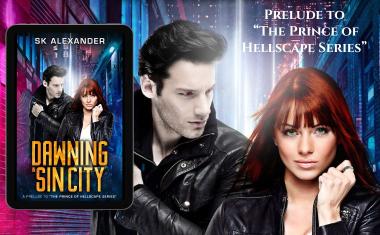
Release of Dawning in Sin City
The supernatural thriller follows Luminael Morningstar and Crowley as they carve a new life amongst the mortals in Sin City.
Plotting “The Prince of Hellscape Series”
The Empath Series taught me some important lessons for future projects. I spent a ton of time outlining the entire Prince of Hellscape Series. To ensure a consistent narrative, I carefully planned out each of the six parts of this supernatural thriller series. Then I plotted out the major story elements, including setting, themes, character arcs for Luminael and Crowley, the overarching villain, and the antagonists in each book.
It also yielded some unexpected results. For example, I first came up with a character for who I only intended to use in a scene or two. But the more I outlined, the more I liked that character. This character ended up becoming a big deal and took over the role I had planned for someone else.
After that, I broke down each novel into twelve to sixteen story beats. Even though it was a long process, it made writing faster. I finished the first draft of book one in only four weeks. The best part? It didn’t kill my creativity. I knew what was going to happen in each chapter, but I still had creative freedom for each scene.
My writing process
So far, I’ve been talking about outlining and plotting because that's the heart of my writing. The better I prepare, the faster I write. Everything else is less important to me.
Authors have different methods to get in the right mindset to write. Some like special places and music to write, others set specific goals for their sessions. I have never adopted such habits. I just sit down and write.
I'm most productive and creative in the mornings. So, I write after a healthy breakfast. Like in school or university, I work in several writing or editing sessions of sixty to ninety minutes, with brief breaks. This rhythm suits me well and keeps me focused and energized.
After a longer lunch break, I usually return to my current work-in-progress or focus on writing articles. I spend my afternoons on research, administration, and marketing. Sticking to a routine and scheduling specific work times helps me stay productive.
I thrive on routines, templates, and structures. As a plotter, I have a clear roadmap, but I also give myself the flexibility to explore new ideas. Balancing planning and spontaneity helps me make consistent progress and get better with every project.
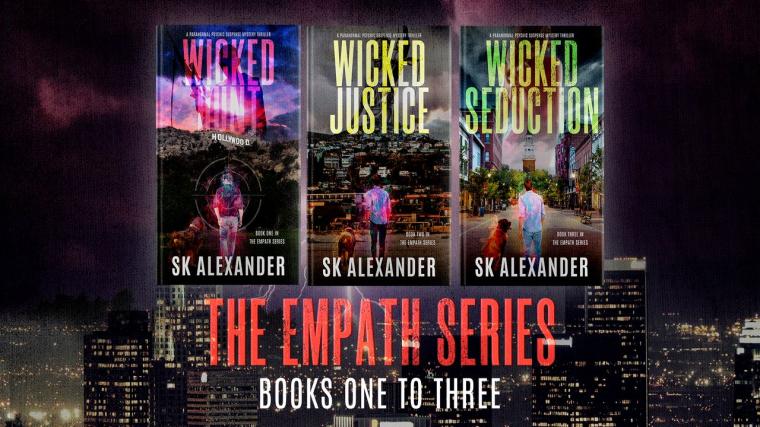
Buy "The Empath Series"
“The Empath Series” follows empath Nathaniel Colt as he rejoins the world and the people he left behind. It is a riveting tale of suspense, emotion, and the resilience of the human spirit. As the empath grapples with his inner demons, the pulse-pounding action and the unpredictable twists will keep you on the edge of your seat.
If you enjoy stories with a psychic investigator, serial killers, and an insolent dog, then you will love “The Empath Series”.



